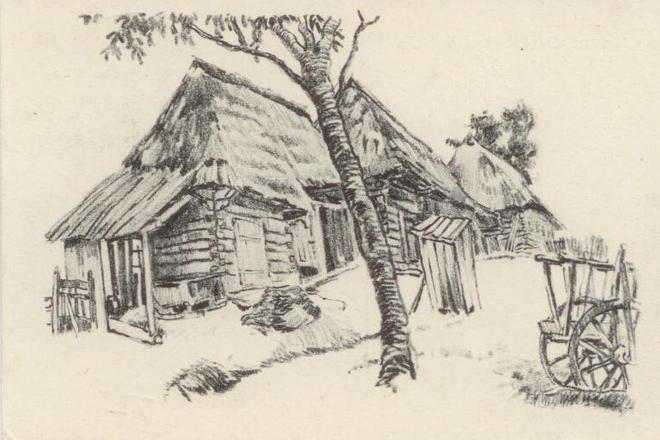On July 28, 1920, the Supreme Allied Council decided to pass part of the Upper Orava and Spiš regions in northern Slovakia to Poland. Thus, in the uncertain time after the end of World War I, the young Czechoslovakia had to yield to its stronger neighbour.
In this way, 25 villages with 22,523 inhabitants became Polish land. The aggressive claims of the northern neighbour included the Upper-Orava village of Jablonka, founded in 1561. For Slovakia, it was established at a late date but for Upper Orava, this date was nothing exceptional, as this area was almost uninhabited until the mid-15th century.
Originally, Jablonka was in the hands of the noble family Platy; but after 1613, it was owned by the Thurzos. Not that the Platys lost interest in it – rather, the Thurzos seized it violently. It seems that in the remote areas of Upper Orava, the right of the strong was true in the 17th century, just as it was in the 20th century.
Jablonka itself developed dynamically as the Thurzo family founded the headqaurters of a salt store there, and after some time it even became the seat of an independent economic borough of the Austro-Hungarian Empire.
In later centuries, too, the village belonged among those lively, busy and modern. In October 1908, for example, a public pharmacy was established in Jablonka. Such achievements were rare among other Orava villages or towns.
Slovak painter Janko Alexy captured what he saw in 1920; today Jablonka has changed beyond recognition. Wooden structures are hard to find, and its character, too, is completely different from other villages of the Slovak region of Orava.
However, at one of the busiest cross-roads, the beautiful Marian – or plague – column from the stonemasonry workshop of the masters from Oravský Biely Potok stands until today, a reminder of times when Jablonka belonged to the Slovak region of Orava.
This story was first published by The Slovak Spectator on August 21, 2017. We have updated the piece to keep it relevant for today.


 Jablonka in Upper Orava (source: Courtesy of B. Chovan)
Jablonka in Upper Orava (source: Courtesy of B. Chovan)